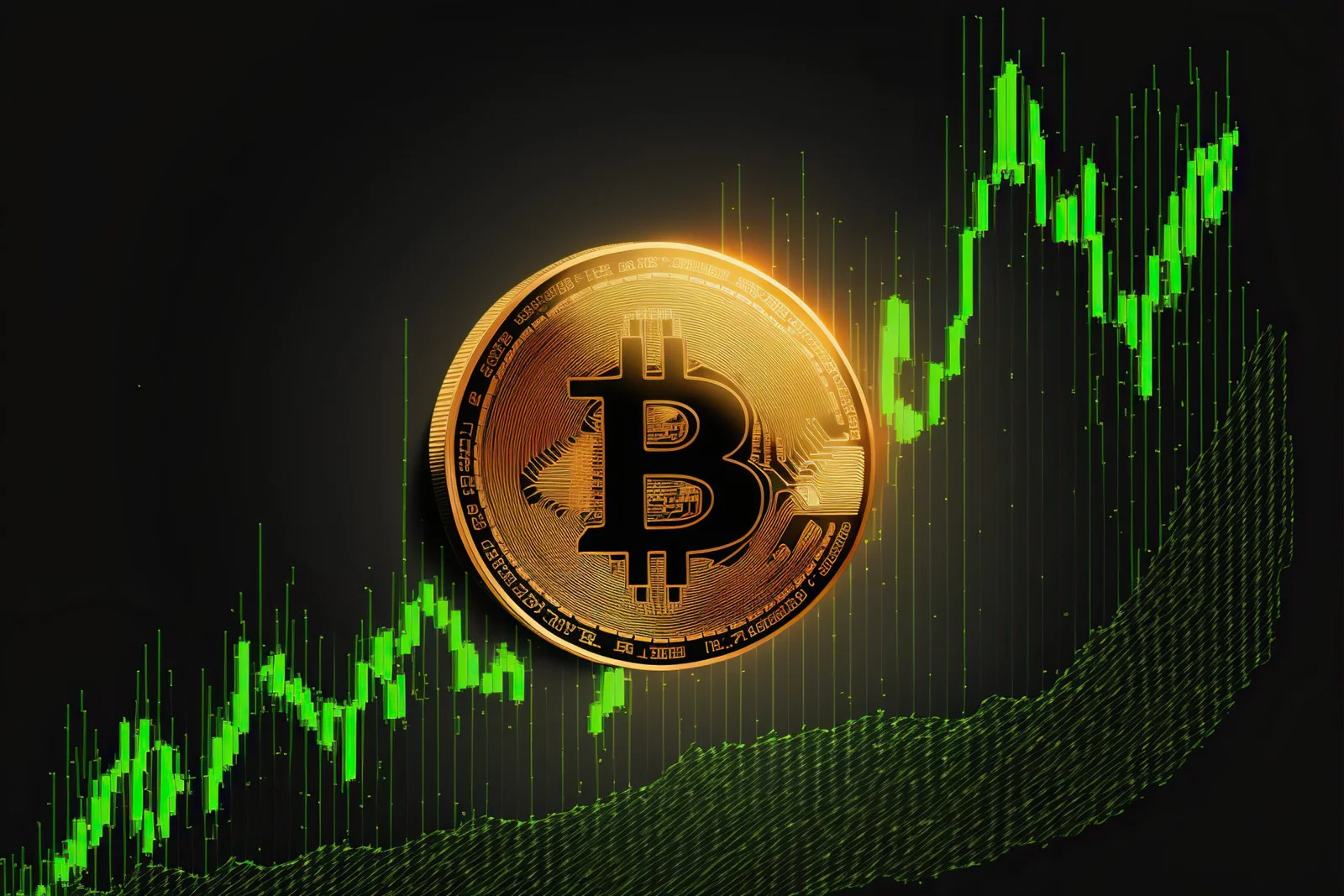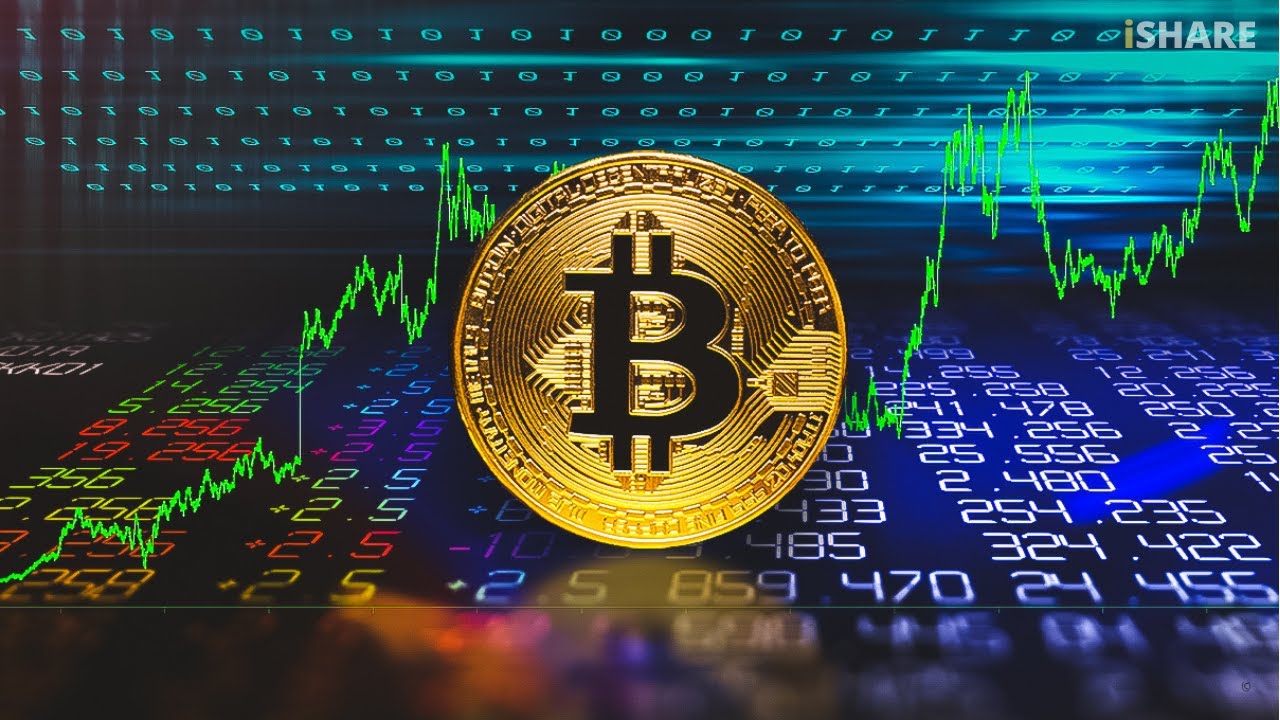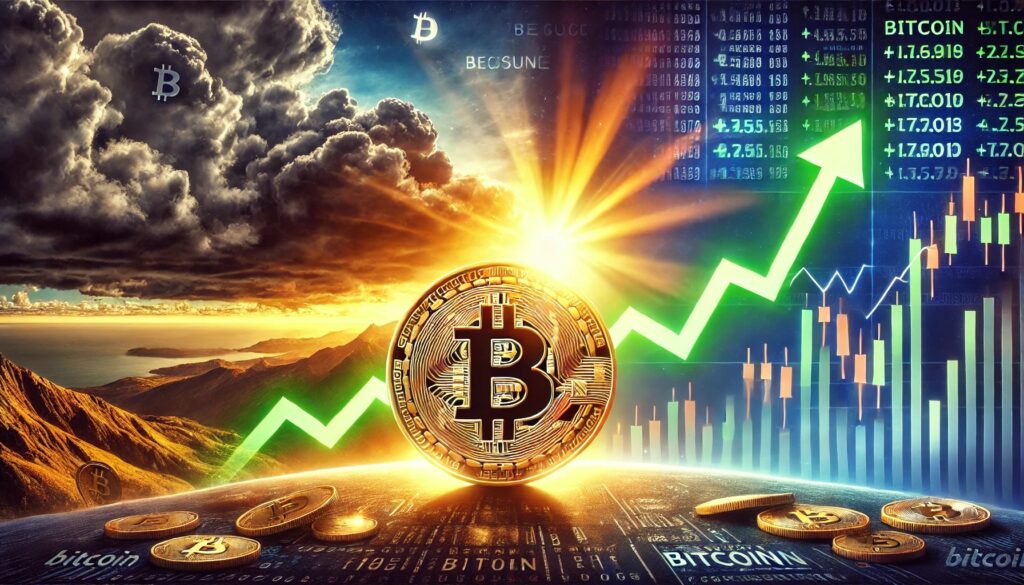Rising geopolitical tensions, economic uncertainty, and significant equity corrections have shook world financial markets in recent weeks. Bitcoin has displayed a degree of resilience among this turmoil that has drawn the interest of both institutional and ordinary investors. Against anticipation of a more general selloff across risk assets, Bitcoin either stayed stable or moved mildly upward while conventional assets like stocks and even some commodities saw large drops. This conduct has sparked fresh discussions on Bitcoin’s changing position in world banking as well as if it is becoming a modern-day safe haven or hedge during crises.
Stability of Bitcoin Through Market Anarchy
New geopolitical events and economic news in early April 2025 rocked markets, including surprising tariff implementations that drove big indexes like the Dow Jones plummeting down. Although the larger stock market suffered huge losses, Bitcoin stayed amazingly constant—even displaying small increases. Given Bitcoin’s past propensity to behave like a risk asset in uncertain times, this stability was especially remarkable.

Unlike stocks, which directly rely on macroeconomic policy, Bitcoin runs on a distributed network under little outside influence. This independence lessens susceptibility to political shocks and abrupt legislative changes, especially those pertaining to national economy. Under times of macroeconomic hardship, Bitcoin’s performance points to it perhaps beginning to behave more like a digital form of financial insurance than a speculative asset.
The Evolution of Institutional Participation
Increasing institutional investor involvement is one of the main forces for Bitcoin’s Evolution. Conventional financial players including banks, asset managers, and hedge funds have become more involved in the crypto market over the last year. Clearer legal frameworks, improved custody solutions, and regulated Bitcoin exchange-traded funds (ETFs) have helped to mostly permit this. These events have not only given Bitcoin more legitimacy but also contributed to the liquid and stable market environment development.
Institutions typically see the long run, hence their presence serves to moderate the sharp price swings sometimes connected with retail-driven markets. Moreover, with institutional-grade risk management instruments and compliance systems in place, Bitcoin is starting to resemble a main portfolio asset rather than a side project. During recent market shocks, this growing institutionalization has worked as a buffer, boosting investor confidence and thereby lowering panic-driven selloffs.
Bitcoin Unlike conventional safe havens
Although Bitcoin’s recent performance has been admirable, it is still being judged against time-tested safe haven assets like government bonds and gold. Particularly gold stays the first choice for investors running from economic disasters. Gold prices jumped dramatically in 2025 as investors sought stability among world unrest. Although steady, Bitcoin did not show the same explosive increase that would have begged concerns about its function as a real hedge.
But Bitcoin has special qualities that distinguish it—its limited quantity, worldwide availability, and resistance to manipulation of monetary policies. A younger, more tech-savvy generation of investors is seeing growing value in these qualities. Still, given its rather brief history, Bitcoin has not developed the same degree of confidence as gold. Though its recent conduct points to it being constantly headed in that direction, its safe haven classification is still under study.
Investor Attitudes and Market Psychology
The performance of assets during crises depends much on market attitude. Investors clearly changed their behavior throughout the recent upheaval: many considered Bitcoin as a strategic asset worth keeping—or even acquiring—instead of rushing to sell crypto holdings. Rising knowledge of how Bitcoin operates and what it stands for as well as more education help to explain this evolving psychology.

Investor decisions have also changed with the advent of digital-native financial platforms, real-time analytics, and social media. From being only about profit to being about sovereignty, security, and long-term store of value, the story surrounding Bitcoin has evolved. This fresh way of thinking among investors helps much to explain Bitcoin’s durability and stability in uncertain times.
Clarity of Regulation and Development of Infrastructure
The development in regulatory clarity and supporting infrastructure helps Bitcoin to be resilient as well. Governments all around, including those in the United States and some areas of Europe and Asia, have moved to further clarify the legal position of digital assets. For companies wishing to enter the crypto market as well as for investors, this has lessened uncertainty.
Bitcoin has become simpler and safer to use meantime thanks to developments in Blockchain Policy, layer-two scaling solutions, and better wallet security. These days, exchanges are more open and better able to manage high volumes free from system breakdowns. These technological and policy developments have made the surroundings of Bitcoin investment more reliable.
In Conclusion
The ability of Bitcoin to withstand current market volatility signals a dramatic change in its development from a speculative digital asset to a more established financial tool. Although it might not yet completely compete with established safe havens like gold, its capacity to retain value during economic uncertainty shows increasing confidence among institutional and ordinary investors. New stability has come from elements including infrastructural development, regulatory clarity, and changing investor attitude.
Bitcoin’s importance will probably grow as the global financial scene changes and a part of diversified investment plans becomes ever more crucial. Despite still obstacles including market volatility and regulatory scrutiny, Bitcoin has shown that it is no more just a side project but rather a major competitor in the financial sector. Its performance during this most recent market crisis could possibly be seen as a turning point in its path toward popular acceptance.

